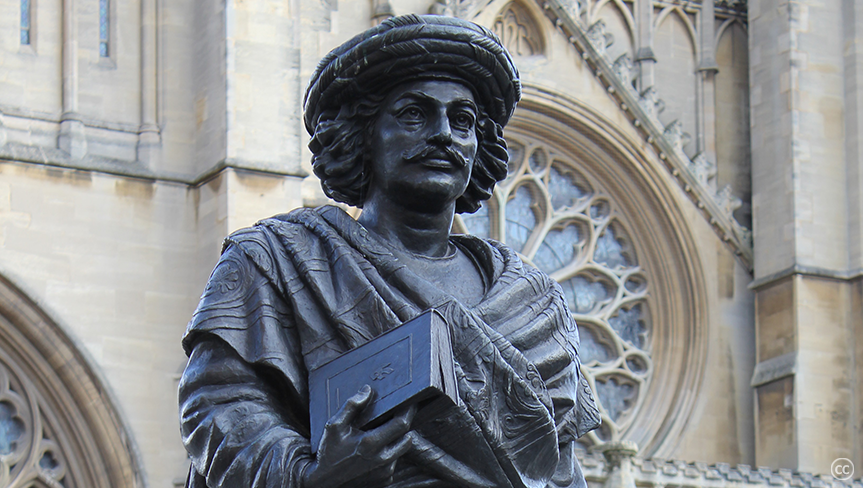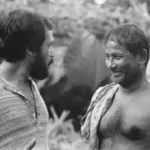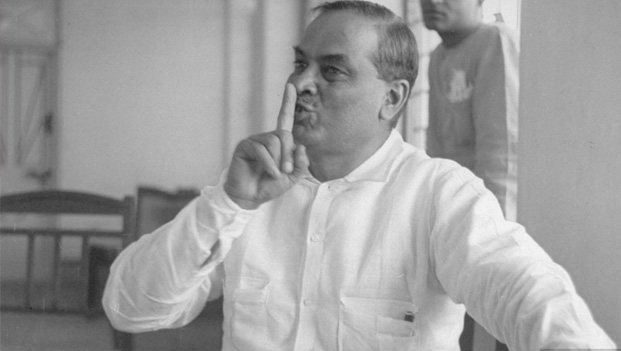
The Brahmo Samaj: in a nutshell
Back in the nineteenth century, the Brahmo Movement emerged in colonial Bengal. It was a social and religious movement that centred around the institution known as the Brahmo Samaj. The movement was initiated by Raja Rammohan Roy (1772–1833), who is famous in history for his crusade against the age-old practice of Sati. Rammohan established the…







